The island of Queimada Grande is one of the most dangerous places in the world for man. In question, a colony of extremely venomous snakes, vipers called Jararaca-ilhoa
The Ilha da Queimada Grande, nicknamed Snake Island , “Island with snakes”, is an island of 430,000 square meters located about 33 km off the coast of the state of São Paulo, Brazil . The island houses a variety of snakes including an endemic species called Jararaca-ilhoa ( Bothrops insularis ), which is one of the most venomous snakes in the world. She is also called the old lance iron Dorée.
According to an estimate of 2015, there are between two and four thousand snakes on the island, equivalent to an average of a snake for 75 square meters throughout the island. A documentary Discovery Channel claimed that in some parts of the island there is a snake per square meter, while a local legend claims that there are five snakes per square meter. The local folklore is also well nourished by stories of horrific deaths suffered by those who had ventured on the shores, notably that of a fisherman who landed on the island in search of bananas, or that of a family of a lightkeeper who lived there. The snakes have also chosen a home in this former lighthouse.
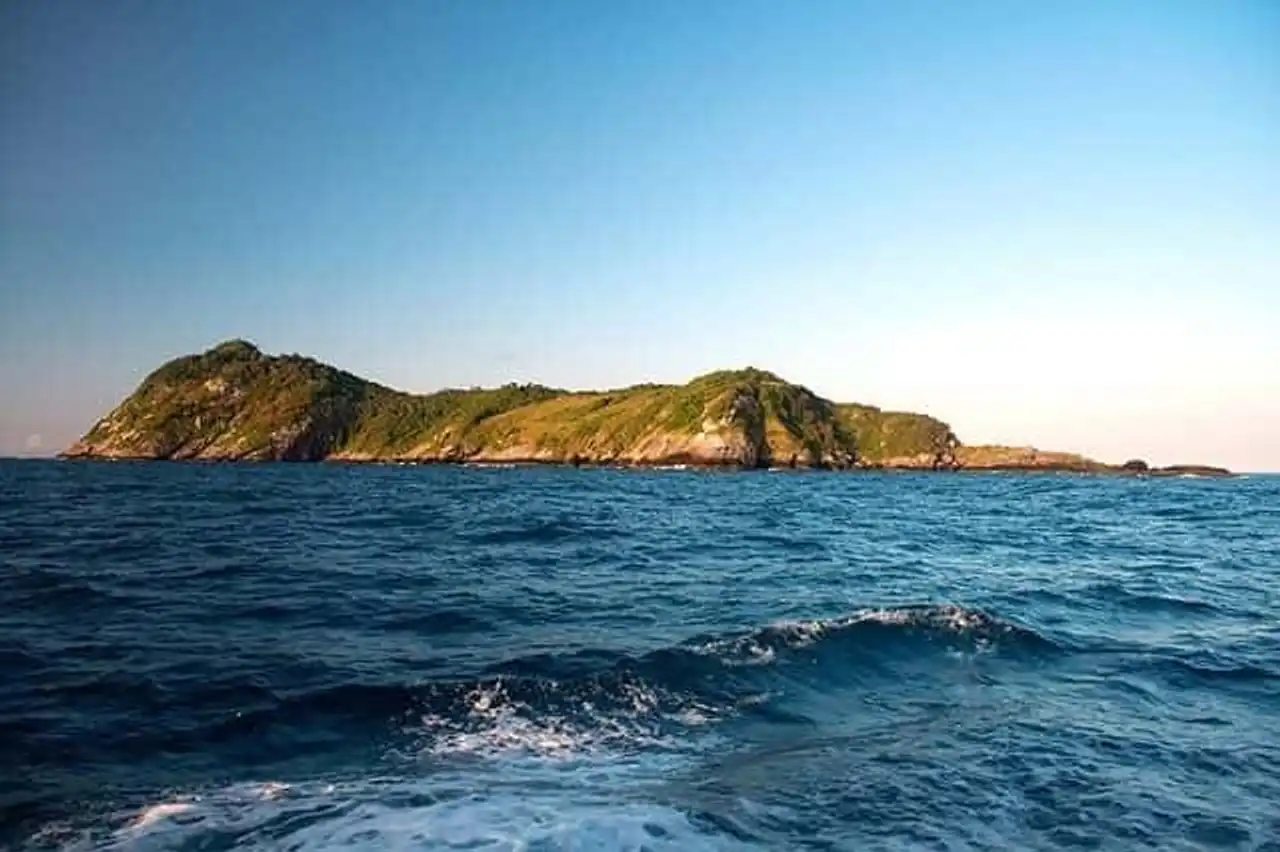
Photo credit: viajeaqui.abril.com.br
Officially, there has never been a report indicating that a human being was bitten by the viper Jararaca-ilhoa, so that the toxicity of his venom on Man could not be tested. The vipers like Bothrops (the ones found on the continent therefore) are responsible for more human deaths than any other group of snakes known in North and South America. A bite of Jararaca-ilhoa leads to death in 7% of cases and even with treatment, the victim has 3% risk of dying. Death usually results from intestinal bleeding, kidney failure, brain hemorrhage or muscle necrosis. The venom melts the flesh and the cellular tissue makes the stain easier to digest. Tests have shown that the venom of the viper Jararaca-ilhoa is the one who acts most quickly within the genre Bothrops .
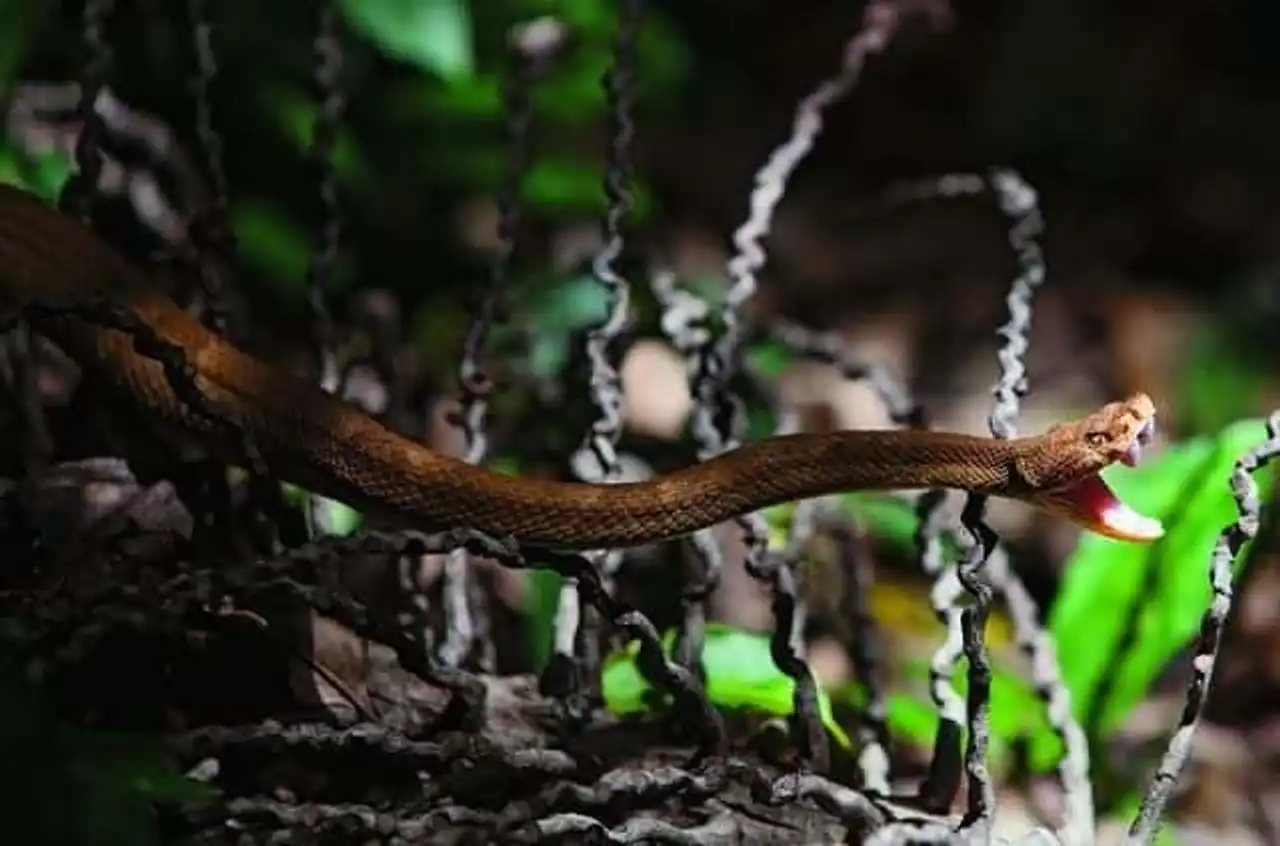
Photo credit: viajeaqui.abril.com.br
An extremely powerful venom
The snakes on Queimada Grande were at the origin of the same species as those on the continent, when the island was still connected to the continent. About 11,000 years ago, when the sea level rose, Queimada Grande and its snake population were isolated from the Brazilian coast. In the absence of small mammals to hunt, the snakes adapted to the life of the island, and managed to rise to the tree peaks to find their main source of food: the birds that came to rest on the island during their migration.
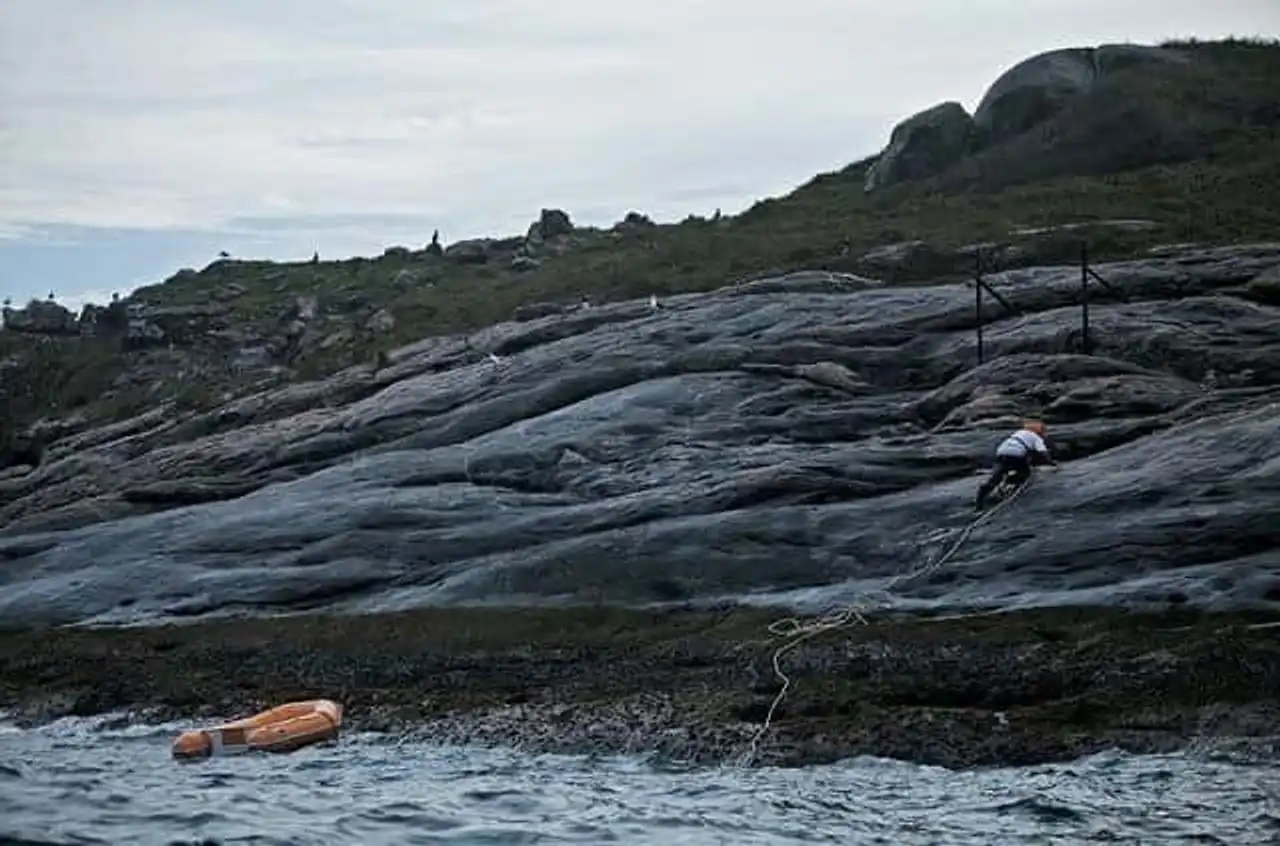
Photo credit: viajeaqui.abril.com.br
The inhabitants of the island, who were able to reproduce in mass, learned to climb the trees, and to hunt the birds that rested on the branches. It is said that the venom of the viper would be five times more powerful than that of his continental cousins. The snakes attack their prey by biting them and wait patiently for the venom to effect. The problem with birds is that they can fly away the time that poison acts. Thus, the venom of the Jararaca-ilhoa evolved to become extremely powerful. When there are no migratory birds to eat, the snakes are content with lizards, mille-pattes, slugs and frogs.
A prohibited island
The island is currently banned for Man, and the Brazilian government strictly controls who visits the island and when. Visitors are for the most part biologists and researchers, who have obtained a special authorization to visit the island in order to study the Bothrops insularis . The Brazilian Navy makes an annual stop on the island for the maintenance of the lighthouse, which since the 1920s has been automated. Moreover, in 2014, journalists from VICE have accompanied the Brazilian Navy to make a documentary on the island, which allows to have images of what the island really looks like:
Due to the demand of the black market by scientists and animal collectors, traffickers, called “biopirates”, also visited the island of Queimada Grande. They poison snakes and sell them through illegal channels. Only one viper Jararaca-ilhoa can sell between $10,000 and $30,000.
The degradation of the habitat, due in particular to the suppression of vegetation by the Brazilian Navy, and diseases, affect the population of the island, which has decreased by almost 50% over the last 15 years, according to some estimates. The snake is currently severely threatened by the International Union for the Conservation of Nature (IUCN). Although this can make the island to snakes slightly less terrifying for humans, it remains a bad news for this endemic fauna.
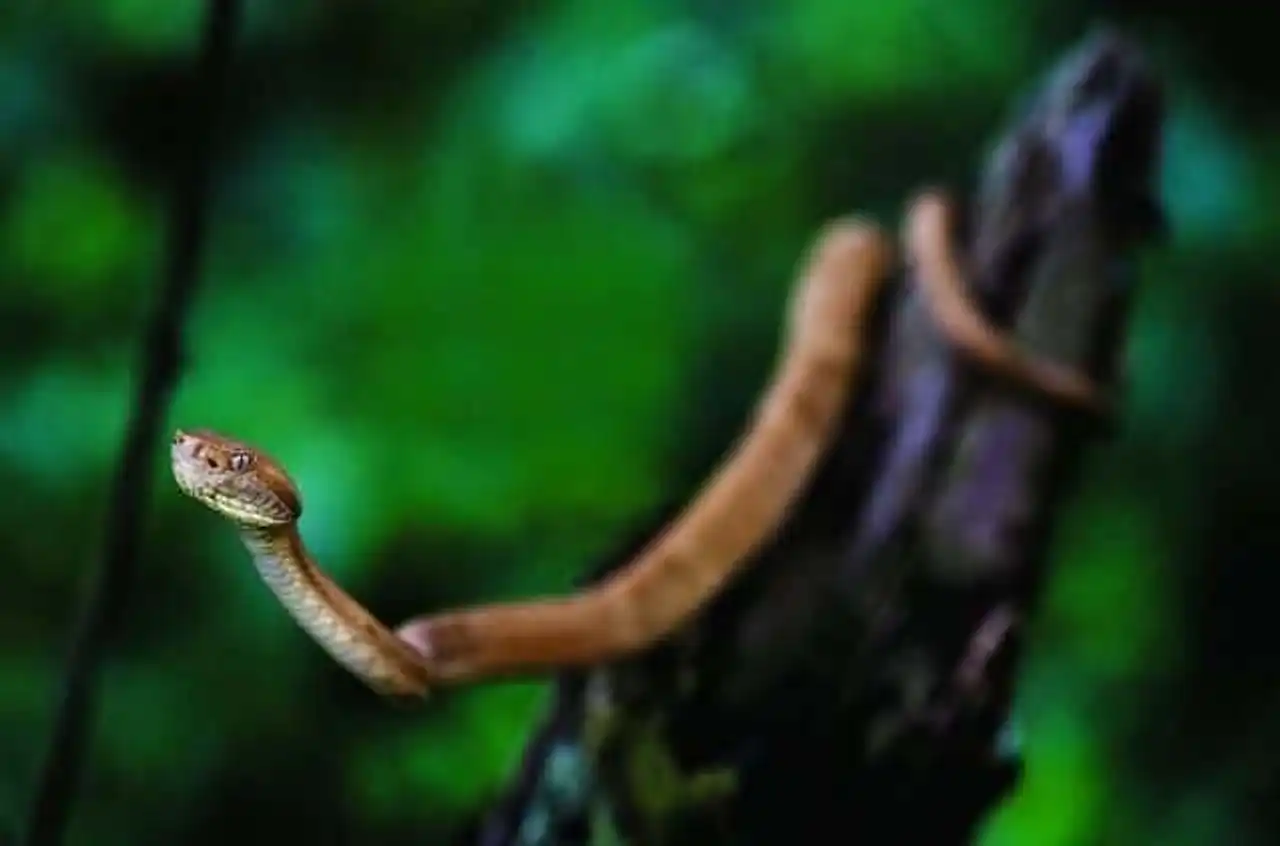
Photo credit: viajeaqui.abril.com.br
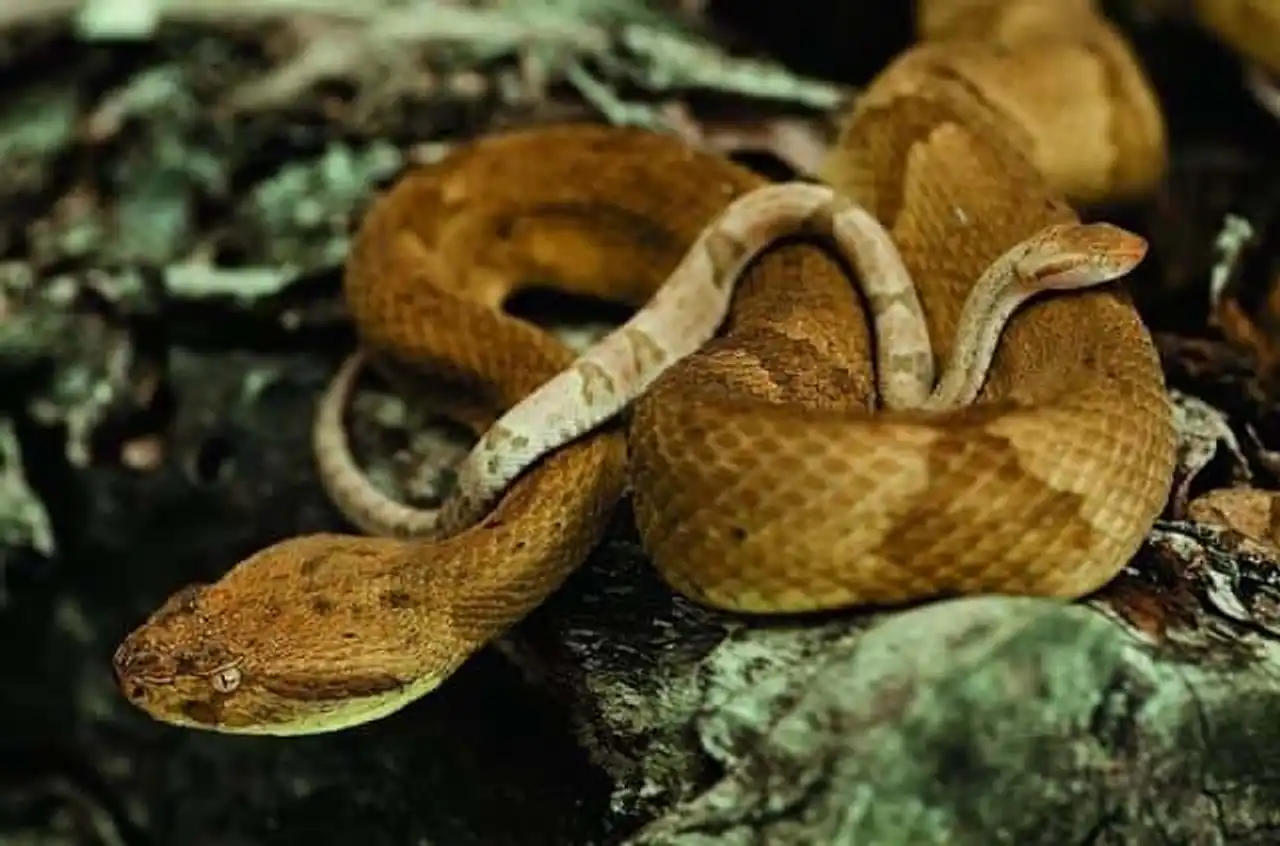
Photo credit: viajeaqui.abril.com.br
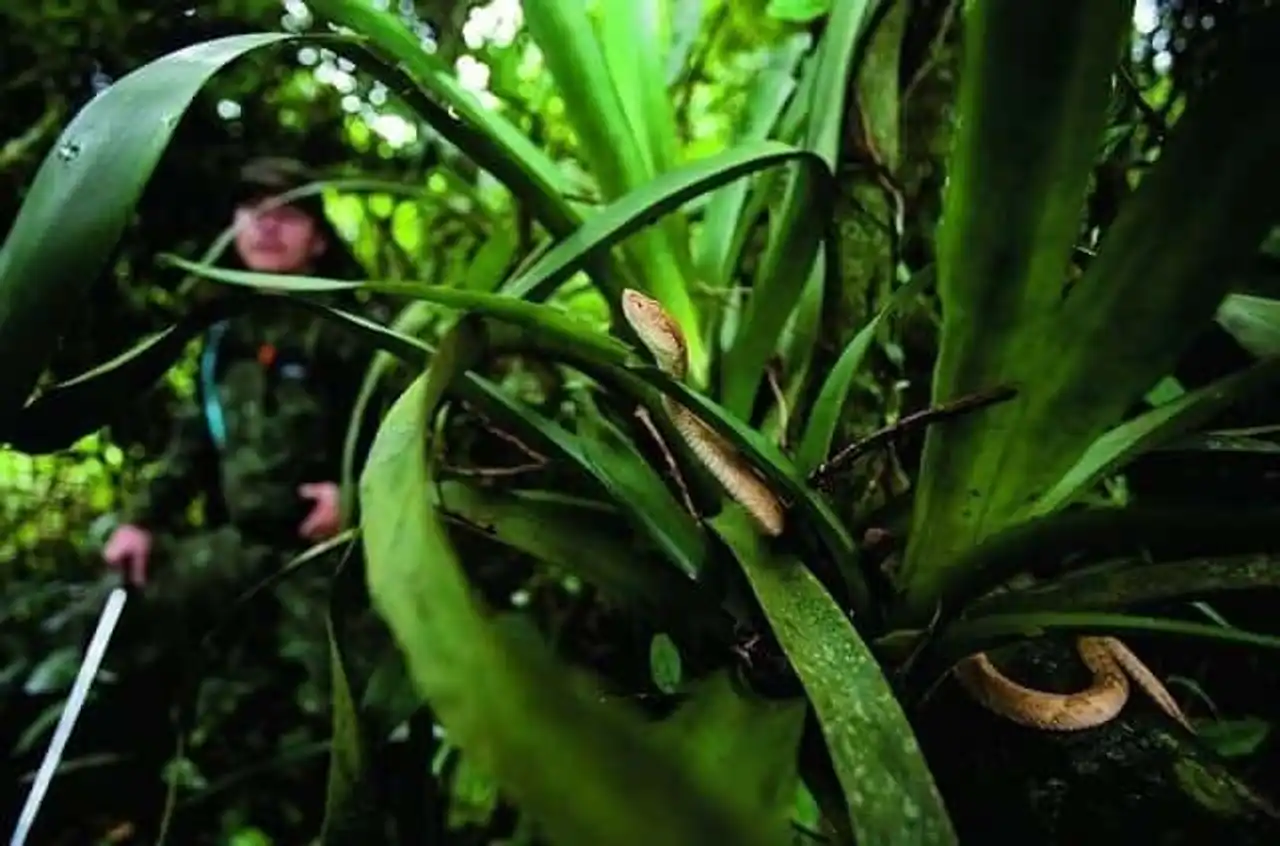
Photo credit: viajeaqui.abril.com.br
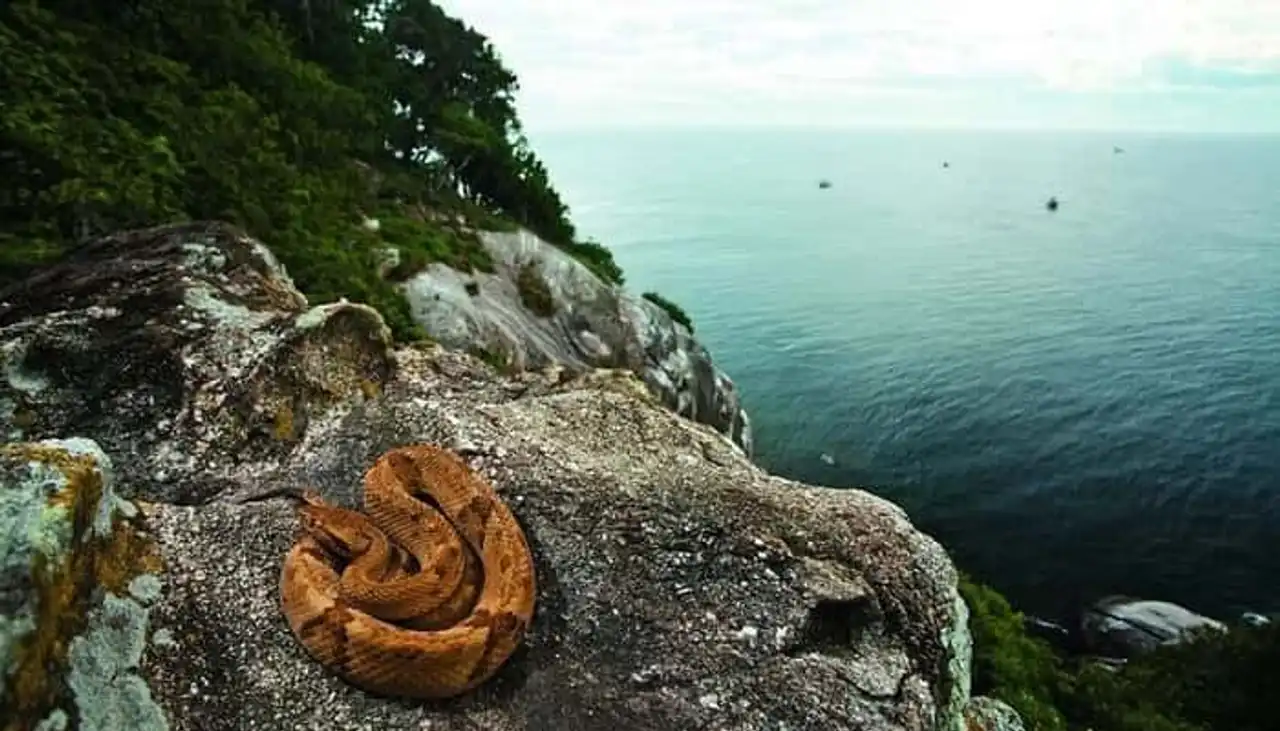





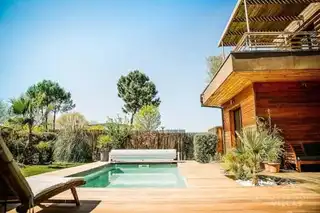

Loading comments ...